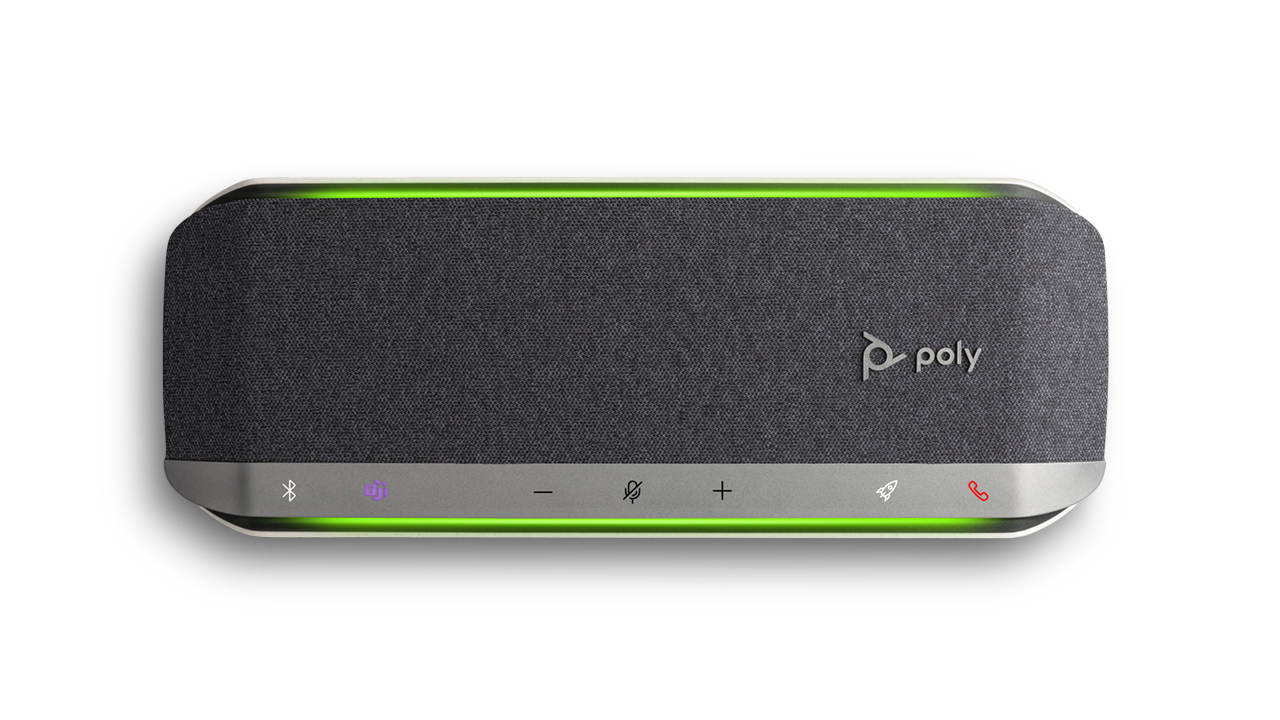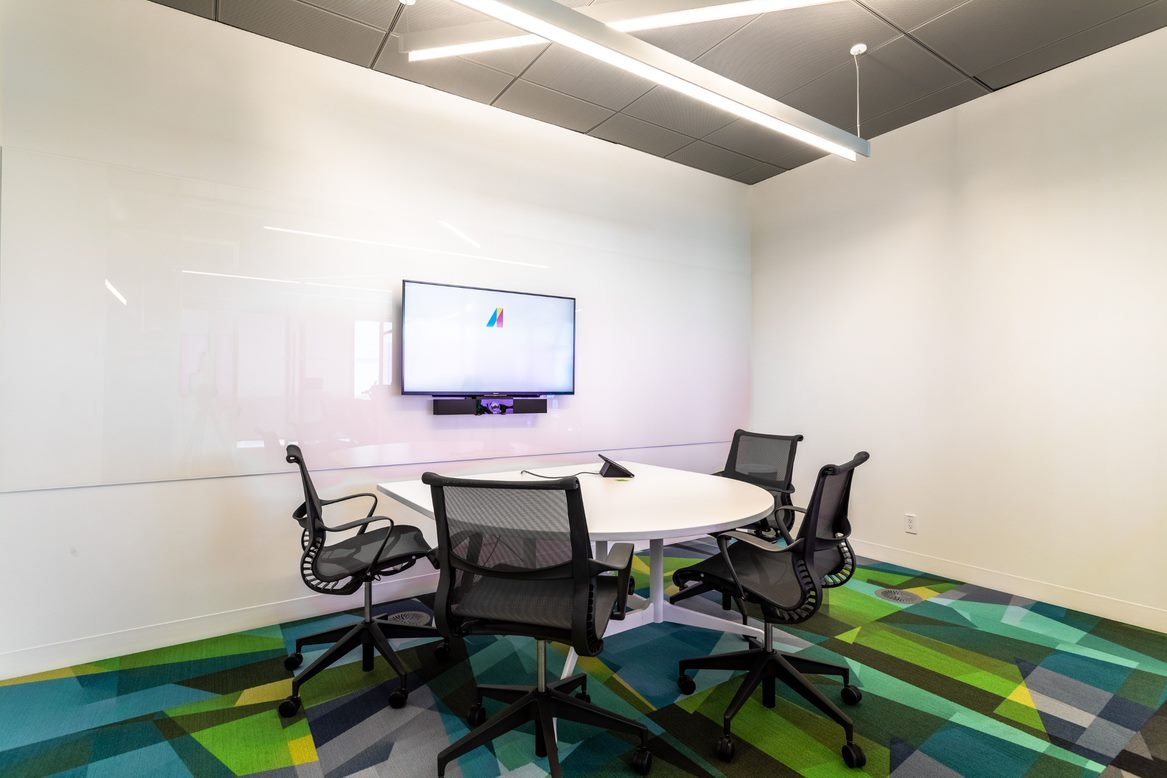The Hybrid Office: How to Build Your Microsoft Teams Room
With many offices moving towards a hybrid model, staying connected professionally is more important than ever. Using personal video calling equipment can work—but it often leads to people talking over each other, making collaboration difficult. A hybrid boardroom offers you the best of both worlds. With boardroom conferencing, your teams can work together in person, while still collaborating with remote coworkers.
Microsoft is a leader in the unified communications space with their Teams conferencing software, and they realize the potential of hybrid workspaces—that's why they've partnered with select manufacturers to create products and systems that are Certified for Microsoft Teams. These devices are built with Teams in mind, and certified by Microsoft for a no-compromise Teams experience. That means the Teams Room hardware is just as easy to use as your computer, no matter the size of your room.
What is a Teams Room?
Teams Rooms are remote meeting systems that are built into spaces. Unlike a regular computer, using specific hardware allows your conferencing tools to become a seamless part of your room. These systems usually have 4 parts: a controller, displays, cameras, and microphones.
Using certified devices comes with another benefit: crystal clear audio and video. Microsoft tests Teams-certified devices for noise, color, detail, and video smoothness. Certified audio devices provide sound without distortion, glitches, or echo, even when using multiple microphones. These also have controls for volume, answering/hanging up calls, and muting the microphone.
A Poly Sync 40 Bluetooth Speakerphone
What do I need to turn my meeting room into a Teams Room?
There are a few key components for Teams Rooms.
You'll need:
A compatible controller or hub
External screens/displays
Peripherals (cameras, microphones, and speakers)
Huddle room outfitted with a Crestron Flex Mini.
Choosing a Controller
The main consideration for choosing a controller is device capabilities. While some control systems allow joining meetings in one-touch, this simplicity can come at the expense of customizability. If your staff prefers bringing their own device to meetings, a one-touch solution might not be the right fit. However, this added connectivity can also add additional complications to your room, making seamless collaboration... well, a lot less seamless.
Take, for instance, the Crestron Flex Mini. Crestron has a long history of integration tech, and they've built the Flex Mini with easy meeting room integration in mind. The Flex Mini also has a built-in microphone array, if you'd prefer to sit further from your display than the microphones from a soundbar might reach.
A huddle room at Absorb Software outfitted with a Poly Studio video soundbar.
Choosing A Display
Almost anything with an HDMI input will work for video conferencing—but your old 200 pound plasma TV probably won't be ideal.
Your display should be big enough that all participants can easily see the Teams participants. This doesn't mean bigger is always better: a 2-3 person huddle room with an 86" display can be awkward to look up at.
Another consideration is interactivity. There are many ways to do virtual whiteboarding: from interactive displays, like the NEC InfinityBoard, to solutions for existing whiteboards like the Logitech Scribe.
Choosing Cameras and Microphones
There are so many combinations of cameras, microphones, speakers, and combinations of all three. It's easy to get overwhelmed by all the features, specifications, and jargon. Here's some simple things to keep in mind:
For the best audio quality, participants should be 3 metres away from a microphone at most. For larger rooms, this means multiple microphones will need to be linked together.
If you have a large distance between your in-room participants, a camera with a fixed focal length might not cut it. For medium and large rooms, cameras with automatic framing (like the Poly Studio E70) can deliver a more engaging experience. Better yet, a controllable PTZ (pan, tilt, zoom) camera like the Logitech Rally Camera can capture participants in even the largest boardrooms.
Making It Work Together
If you've found some devices that you think might meet your needs, that's great! You're well on your way to a fantastic meeting room. Just keep in mind- bringing together the right software and hardware can be tricky, and devices from different manufacturers don't always play well together. A commercial AV integrator (like Evolution AV!) can work with you, offering complimentary design services to put together custom systems with components from multiple manufacturers that will suit your exact needs and save you the hassle of unreliable systems. We’re even happy to help find a solution that fits with or uses the AV equipment you might already have.





